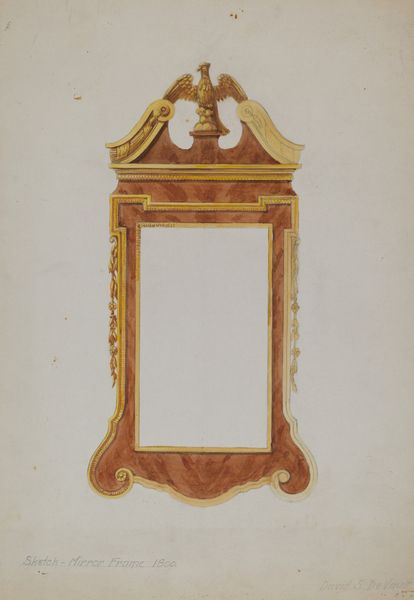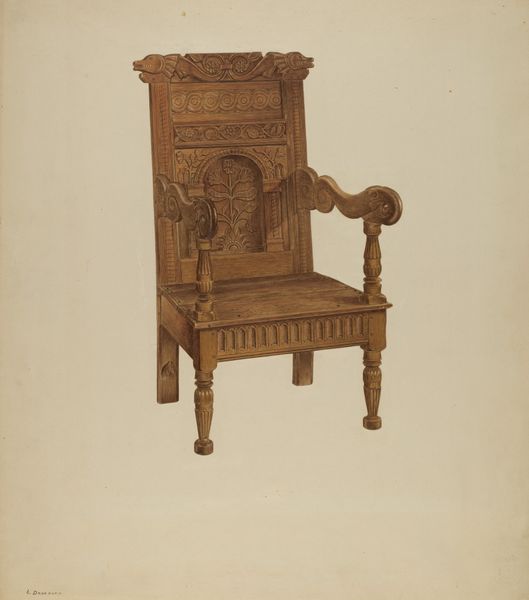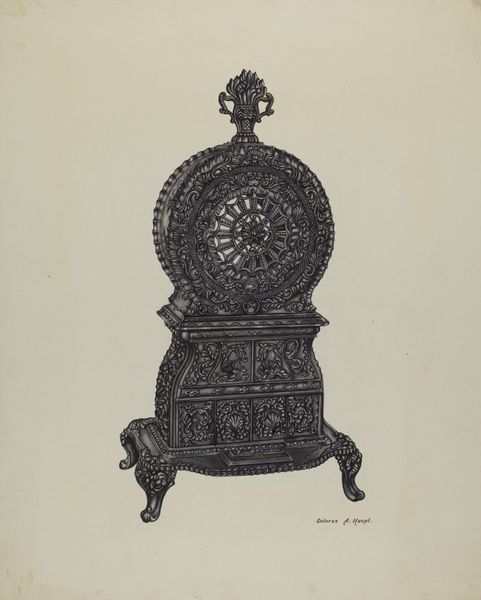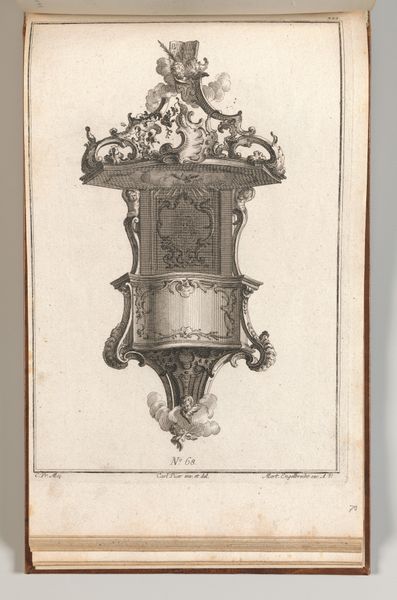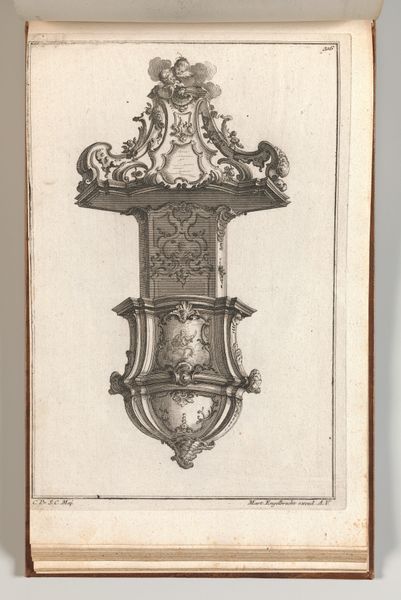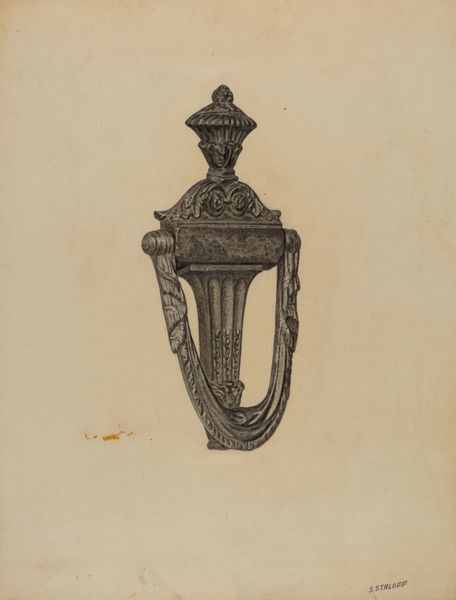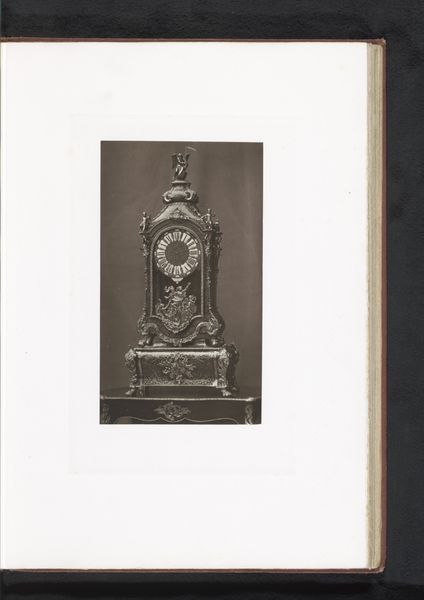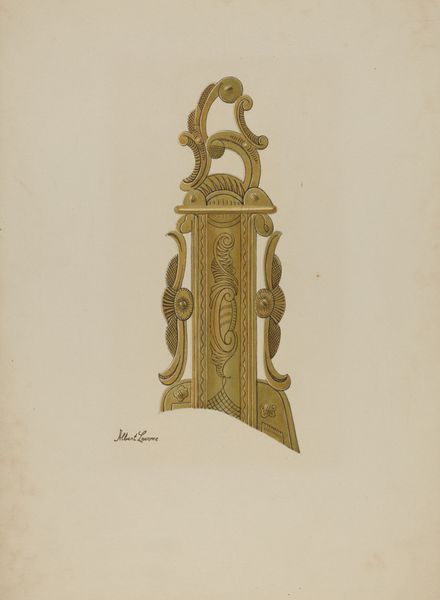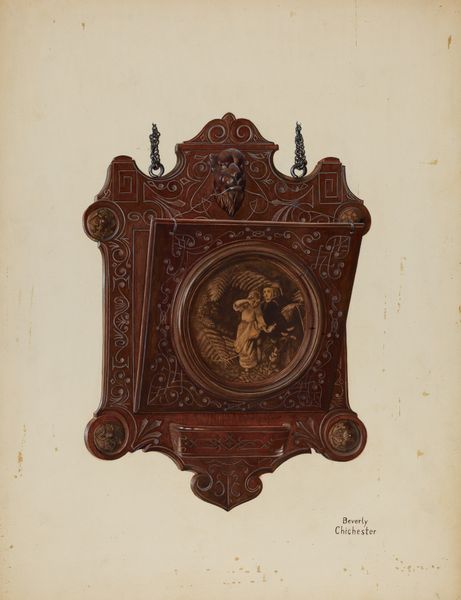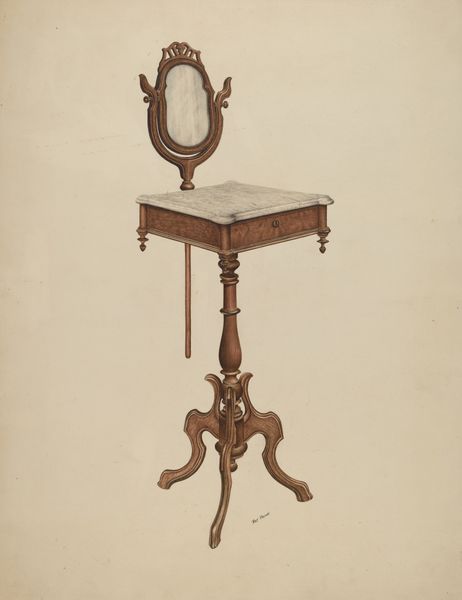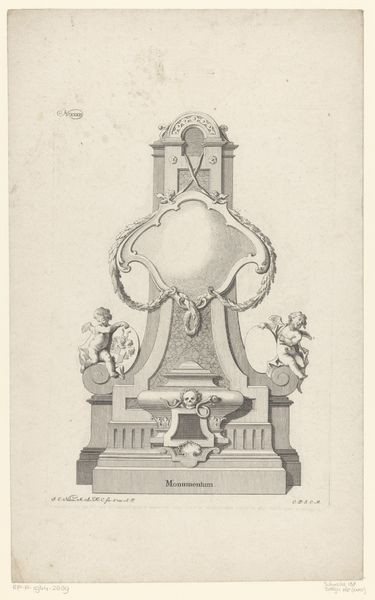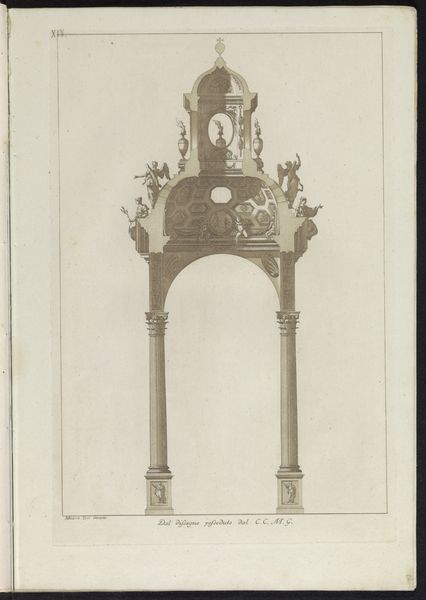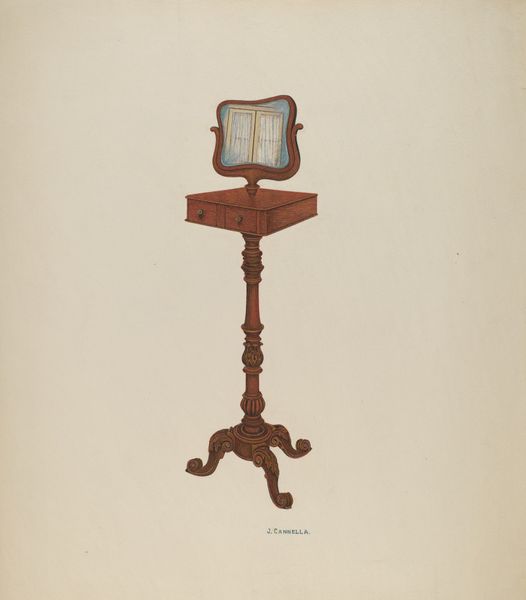
drawing, pencil
#
drawing
#
pencil
#
decorative-art
#
realism
Dimensions: overall: 35.8 x 24.7 cm (14 1/8 x 9 3/4 in.) Original IAD Object: 60" high; 22" deep; 28" wide
Copyright: National Gallery of Art: CC0 1.0
Curator: Robert Taylor's "Stove," circa 1939, is rendered beautifully with pencil on paper. It offers such incredible detail, doesn't it? Editor: It certainly does. It feels almost melancholic to me. A beautifully ornate object, presented so starkly, so devoid of warmth, in shades of gray... Curator: Think of the context in 1939. Materials were precious; industrial design was becoming streamlined yet this detailed piece harkens back to more elaborate times. Consider the layers of craftsmanship to produce it. It's all quite intriguing. Editor: Precisely. The historical weight of domesticity feels heavy here, the artist asking us, perhaps subconsciously, to contemplate the stove's place as a centerpiece of the home, a reflection of the era's values related to warmth, family, and survival amidst pre-war anxieties. Curator: We're speaking about material conditions, labor, design choices; Taylor has captured more than just the likeness of an object; the very production history echoes across time, informing consumption, value and even class. Editor: Yes! Think, too, about gender roles tied to the domestic space, women who typically would have interacted more intimately with it, tending its flame. And the almost grotesque level of decoration around a simple tool underscores power dynamics and inequality. Who benefits from such elaborate design and whose labor fuels it? Curator: Labor that literally created the ornate object. That's where the art and craft meet; something made entirely by human effort with materials refined using great skill. We must admire that skill on display. Editor: Agreed. Though, by stripping it from the rich palette of lived reality, Taylor compels reflection. What once was intimate, tangible now transforms into symbol. Perhaps a meditation on progress, or lost connection with material reality. Curator: It is this conversation between production, functionality, historical, and even class dynamics that gives "Stove" much meaning to viewers even today. Editor: Absolutely. It really encourages reflection on both objecthood, symbolism and a dialogue across time about society itself.
Comments
No comments
Be the first to comment and join the conversation on the ultimate creative platform.
